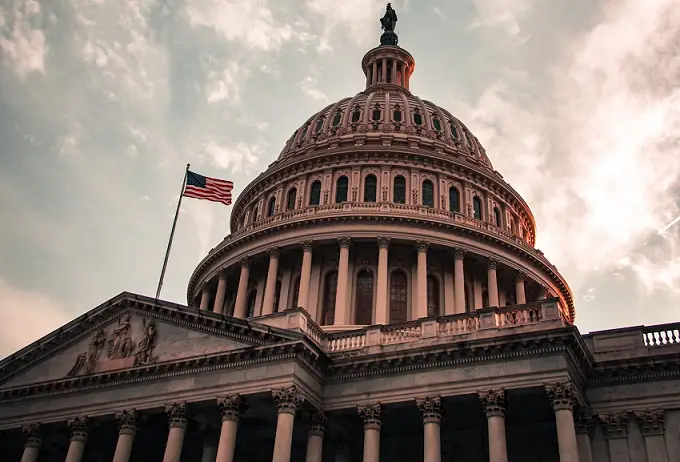The budget deficit of the US federal government increased sharply during the first three quarters of the fiscal year, coming in at $1.39 trillion in June, according to numbers revealed by the Treasury Department on Thursday.
It marked an increase from the $515.1 billion figure which came in over the same period last year. The US federal government operates with a fiscal year which begins on October 1st.
The report noted that the budget gap grew by $227.76 billion in June, an increase from the $88.8 billion it came in at during the same month last year.
The data demonstrated that a large increase in government spending and a large drop in tax revenues were the main reasons underlying the enlarging deficit.
As a result of the slump in stocks, bonds, and other assets, tax revenues from the period between October and June dropped 11% compared to the same period one year prior. Meanwhile spending was increasing, as outlays rose $96 billion to $646 billion. Skyrocketing inflation also drove up the amount the federal government had to spend.
US Federal Reserve officials have warned that an analysis of the government’s finances show that over the long-term they will prove unsustainable. Phillip Swagel, director of the Congressional Budget Office, predicts the federal deficit will average roughly $2 trillion per year, which will be added to the $32.5 trillion national debt.
Maya MacGuineas, president of the Committee for a Responsible Federal Budget said, “We are projected to spend more on interest payments in the next decade than we will on the entire defense budget. How can anyone possibly think this trend is sustainable?”
She added, “We’re running off the rails at an alarming rate. We need to do better.”


